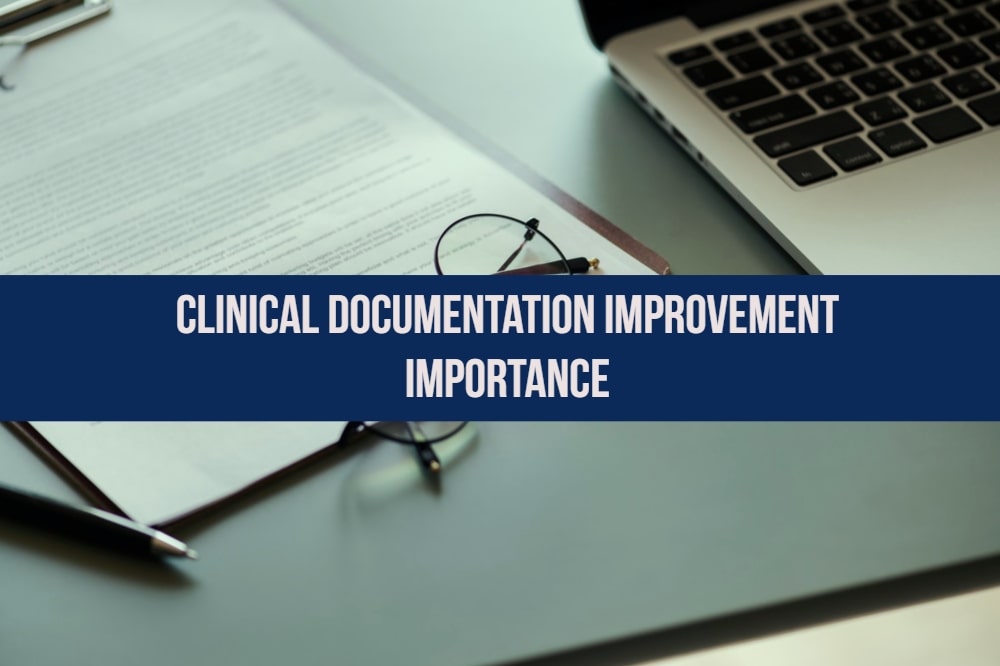An ongoing challenge for all hospitals, revenue cycle management requires the use of technology to keep track of claims and address issues as and when they arise. It is fairly common for claims to be denied, denial management being an industry wide challenge. Efforts by healthcare facilities have not made much impact in the reduction of claim denials. Despite the recent announcements from CMS regarding the changes to the processing of ICD-10 coded claims for the first year, industry analysts feel that denials will further increase under ICD-10. However, according to a report by the Advisory Board Company, a research organization, the fact is that 90% of denials are preventable and nearly 60% of these are recoverable. In order to reduce their denials, healthcare facilities need to incorporate best practices that will drive down everyday denials, reduce back-office backlogs and change an unreliable revenue cycle. They also need to set systems in place that will ensure proper determining of patient insurance status, make sure that co-payments are collected and ensure that claims are coded correctly and meticulously. Here are some tips to help you reduce your claim denials.
Use automation and technology
Following up on rejected and denied claims through manual paper-based action, not only uses up employee time but also slows down the incoming cash flow. Healthcare facilities should work towards using technology and automation to work on claim denial follow-ups. It takes an average of 50 minutes of staff time spent, to manually process each claim denial. This is a waste of precious staff time and totally unnecessary. All manual processes should be eliminated through the use of automation, while current technology advances should be utilized for bringing in workflow focused systems. The right technology and automation can save a healthcare facility thousands of dollars every year, by cutting down on paperwork costs, reducing research time, bringing down the time spent on interacting with insurers and reworking claims.
Establish workflows and roles
It is very important for everyone in the organization to know their role in the financial process. Proper and smart workflows coupled with clearly defined and assigned roles will ensure that the staff is fully aware of their responsibilities in the process. It also helps if the staff is cross trained for working in different roles – this will ensure no hitches in case of the absence of one of the staff members, or in the case of an emergency wherein a staff member might need to perform multiple roles. To ensure transparency in staff performance, the healthcare facility needs to bring down the walls between systems and processes. This will allow the healthcare facility to understand the two basic parts of the work – how much time an activity should take and how much time is the staff currently spending on that activity. Ensuring that there is no mismatch between the two will allow the healthcare facility to set thresholds – ‘is the denial worth the time and cost taken or not?’. This will ensure that the healthcare facility is not spending more to receive less.
Create a patient insurance authorization checklist
To ensure that the billing and collections cycle remains clean, it is important to ensure patient eligibility and insurance authorization right at the beginning. Create a patient insurance authorization checklist that the staff needs to fill at the time of registering the patient. This will ensure that the healthcare facility and the patient are clear about the payments and responsibilities involved. A proper checklist will make sure that there are no surprises in the payment process at the time of discharging the patient.
Set up claims metrics to follow
It is very important for a healthcare facility to set up metrics for tracking claims. Identifying patterns in claims that are rejected or denied can help understand the root of the problem. Knowledge of the time taken in appeals per denial, the time taken in receiving the denied or delayed payment and the cost of receiving the payment will help in setting up systems to reduce them. Using dedicated software to set up the claims management system will save the healthcare facility both time and money.
Understand the root cause of denials
Knowledge of the root cause of denials can ensure that the healthcare facility is not spending time in solving the same problem with each denial. Tracking metrics will help in uncovering the root cause across the majority of denials. The three key factors to remember when analyzing denials are:
- Did something change in the system of claiming insurance that the healthcare facility is not aware of?
- Are there errors in coding or submitting the claims?
- Are the denials consistent across payers or is it specific to a single payer?
Answers to these will help the healthcare facility come to the root cause of most of the denials and the healthcare facility might see a patter emerging in these denials. This will help in solving the problem at its root and save the healthcare facility time and money in processing their denial claims.



